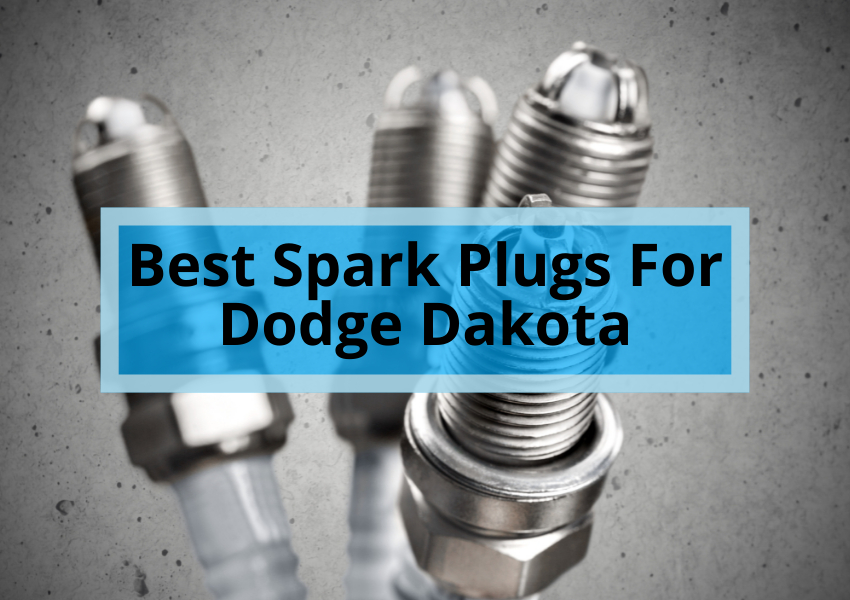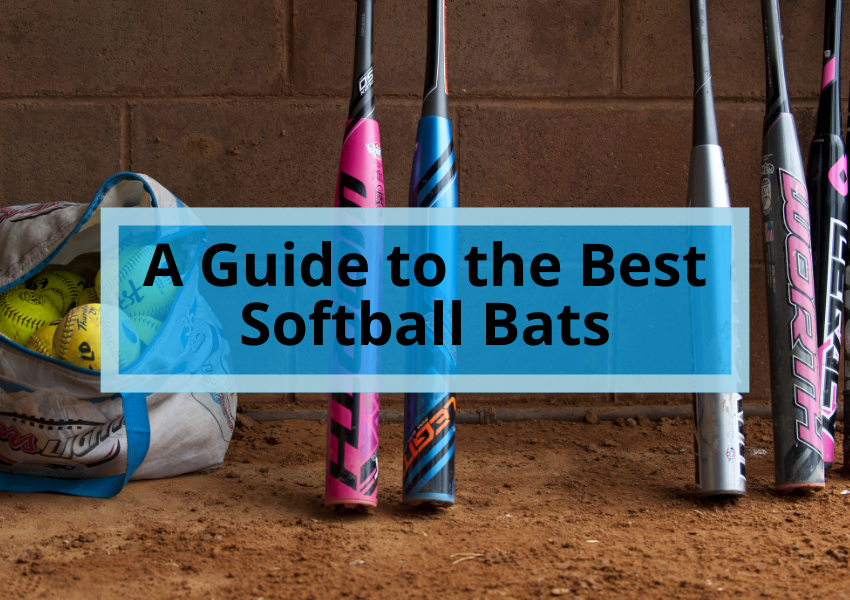For any pond enthusiast, the dream is clear, sparkling water that reflects the beauty of your garden. While there are various filtration systems available, bog filters with spillways offer a natural and aesthetically pleasing solution. This guide delves into the world of bog filters, exploring their advantages, design considerations, construction methods, and plant selection for optimal pond health and visual appeal.
Unveiling the Bog Filter: Nature’s Workhorse
A bog filter replicates a natural wetland ecosystem within your pond. Water pumped from the pond flows through the bog filter, which is essentially a shallow, planted area filled with gravel or other media. Beneficial bacteria colonize the media, breaking down organic waste that would otherwise cloud the water. Bog plants further contribute by absorbing nutrients and providing oxygen. The clean, filtered water then cascades over a spillway, creating a delightful waterfall feature and returning it to the pond.
Why Choose a Bog Filter with Spillway?
Bog filters boast several advantages over traditional pond filters:
- Natural Approach: They mimic natural ecosystems, promoting a healthy balance in your pond.
- Low Maintenance: Once established, bog filters require minimal cleaning compared to mechanical filters.
- Aesthetics: The spillway creates a visually stunning waterfall, adding a calming sound and visual interest to your pond.
- Wildlife Haven: Bog plants provide habitat for beneficial insects, frogs, and other pond life.
- Cost-Effective: Bog filters can be built using readily available materials, making them a budget-friendly option.
Designing Your Dream Bog Filter
Before embarking on your bog filter construction, consider these factors:
- Pond Size: The bog filter should be roughly 30-50% of your pond’s surface area for optimal filtration.
- Placement: Position the bog filter next to the pond, ensuring a gravity-fed flow of water back into the pond.
- Water Pump Selection: Choose a pump with a flow rate that matches your pond size and desired waterfall effect.
- Liner and Spillway Material: Use a pond liner compatible with your chosen spillway material, such as rocks, flagstone, or pre-formed spillways.
Building Your Bog Filter: A Step-by-Step Guide
- Excavation: Dig a pit adjacent to your pond, ensuring the bottom is level. Depth can vary from 12-24 inches, depending on your desired plant selection.
- Lining: Lay a pond liner over the pit and surrounding bank, ensuring complete coverage. Secure the liner with rocks or edging.
- Spillway Construction: Create a spillway using your chosen material. Ensure a smooth transition for water flow from the bog filter back into the pond. 4. Inlet and Outlet Pipes: Install inlet and outlet pipes for water flow. The inlet pipe should be positioned near the bottom of the bog filter for efficient water circulation.
- Media Layer: Fill the bog filter with a layer of gravel (3/4″ to 1 1/2″ size) or lava rock. This provides a surface area for beneficial bacteria to colonize.
- Planting: Select a variety of bog plants suited to your climate zone. Consider factors like plant size, light requirements, and their role in filtration. Some popular choices include Irises, Rushes, Arrowheads, and Water Lilies.
- Water Flow Test: Once everything is in place, test the pump and water flow through the bog filter and spillway. Adjust the pump if necessary to achieve desired flow.
Planting Powerhouse: Selecting the Right Bog Plants
Bog plants are the heart of your bog filter, playing a crucial role in filtration and aesthetics. Here’s a breakdown of key plant considerations:
- Filter Feeders: These plants absorb nutrients directly from the water, helping to maintain water clarity. Examples include Water Lilies, Pickerel Rush, and Canna Lilies.
- Oxygenators: These plants release oxygen into the water, keeping it healthy for fish and other pond life. Water Hyacinths, Water Sprite, and Hornwort are excellent choices.
- Marginal Plants: These thrive in the shallow water at the edge of the bog filter. They provide visual interest and help stabilize the banks. Consider Arrowhead, Creeping Jenny, and Dwarf Irises.
Bog Filter with Spillway FAQs
What are the benefits of a bog filter with a spillway?
Bog filters offer natural filtration, low maintenance, a beautiful waterfall feature, wildlife habitat, and cost-effectiveness.
Is a bog filter with a spillway right for my pond?
Bog filters are ideal for most ponds, especially those with natural aesthetics and minimal fish. If you have a heavily stocked pond, you might need a combination of a bog filter and a mechanical filter.
How much space does a bog filter need?
The bog filter should be roughly 30-50% of your pond’s surface area.
What materials do I need to build a bog filter with a spillway?
You’ll need a pond liner, spillway material (rocks, flagstone, pre-formed spillway), pump, pipes, gravel or lava rock, and bog plants.
What type of liner should I use?
Use a pond liner compatible with your chosen spillway material. Ensure it’s thick enough to withstand the weight of water and rocks.
How big should the waterfall be?
The size of the waterfall depends on your preference and pump capacity. A larger pump allows for a more dramatic waterfall.
What plants should I choose for my bog filter?
Select a variety of bog plants suited to your climate zone, considering their role in filtration, size, and light requirements. Popular options include Water Lilies, Pickerel Rush, Arrowheads, and Irises.
How often should I maintain my bog filter?
Regularly remove dead plant material to prevent clogging and maintain water flow. You may need to add more gravel or lava rock every few years.
Do bog filters need winter care?
In cold climates, some plants may die back. You can trim dead foliage and cover the bog filter with mesh to protect remaining plants from harsh winter elements.
My bog filter isn’t filtering the water effectively. What could be wrong?
There could be several reasons: insufficient plant growth, clogged media, or an undersized pump. Check these factors and adjust accordingly.
My waterfall isn’t flowing properly. How can I fix it?
Check the pump for clogs and ensure the inlet and outlet pipes are clear. You might need to adjust the pump position or add more water to the bog filter.






